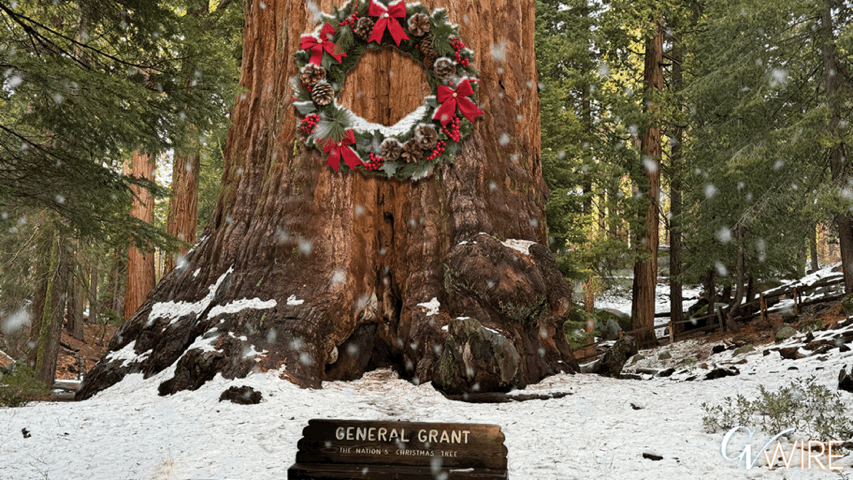Share
California is enveloped in balmy weather that’s more like spring than mid-winter — and that’s not a good thing.
We have seen only scant rain and snow this winter, indicating that the state may be experiencing one of its periodic droughts and adding another layer of crisis to the COVID-19 pandemic and economic recession.

Dan Walters
Opinion
The all-important Sierra snowpack, California’s primary source of water, is scarcely half of what is deemed a normal depth.
“The snow survey results reflect California’s dry start to the water year and provide an important reminder that our state’s variable weather conditions are made more extreme by climate change,” the state director of water resources, Karla Nemeth, said after the disappointing Dec. 30 snowpack survey. State Water Project customers have been told to expect only 10% of their requested allotments in 2021.
The state is so dry that this week Southern California Edison and Pacific Gas and Electric temporarily interrupted power to thousands of customers, fearing that high winds could down power lines and spark devastating fires.
Older Threats Still Must Be Confronted
Gov. Gavin Newsom’s new budget, unveiled this month, warns that California, already hit by devastating wildfires in recent years, is in grave danger.
“In 2020, 9,000 wildfires burned over 4 million acres across the state, more than the 2017 and 2018 fire seasons combined and significantly higher than the most recent five-year average of acres burned,” the budget says in proposing new firefighting expenditures. “Hotter, drier conditions in the state’s forests, driven by climate change and the consequences of a century-old legacy of fire suppression, have generated unparalleled fuel conditions that result in significant wildfire risk.”
The situation is a reminder that although pandemic and recession dominate Californians’ consciousness now, with good reason, older threats still must be confronted.
Clearing fuel, “hardening” communities against wildfires and expanding firefighting capabilities are all expensive necessities, as the budget proposes. At the same time, we must also build more resilience into a water supply dangerously dependent on an assumption that winter storms will always refill the natural reservoirs of mountain snowpacks.
With climate change, even normal levels of precipitation will be more in the form of rain and less in the form of snow, thus reducing that natural reservoir. Therefore, we must, in addition to pursuing water-saving and reuse strategies, create more storage.
Traditionally, storage has meant building dams to hold back and store river flows, such as Shasta Dam on the Sacramento River and Oroville Dam on the Feather River. There are proposals to continue that approach, such as raising Shasta to increase storage capacity or building Temperance Flat on the San Joaquin River.
Restoring Much-Depleted Aquifers in the San Joaquin Valley Is a More Politically Acceptable Option
However, such projects generate so much opposition due to their effects on river flows and wildlife habitat that they have only tiny chances of becoming reality.
Restoring much-depleted aquifers in the San Joaquin Valley is a more politically acceptable option, as is constructing more off-stream storage like the 63-year-old San Luis Reservoir in the Pacheco Pass. A San Luis-like project called Sites Reservoir seems to be gaining traction after sitting on the shelf for decades.
Sites, on the west side of Glenn and Colusa counties, would store excess flows on the Sacramento River from winter rains and then release water back into the Sacramento as needed. Recently reduced in scope and cost, it has received planning funds in the most recent pandemic relief and economic stimulus packages passed by Congress.
Once COVID-19 is behind us, if it ever is, we need to move quickly to prevent the ecological, economic and human disasters that prolonged drought would wrought.
CalMatters is a public interest journalism venture committed to explaining how California’s state Capitol works and why it matters. For more stories by Dan Walters, go to Commentary.
[activecampaign form=19]


















